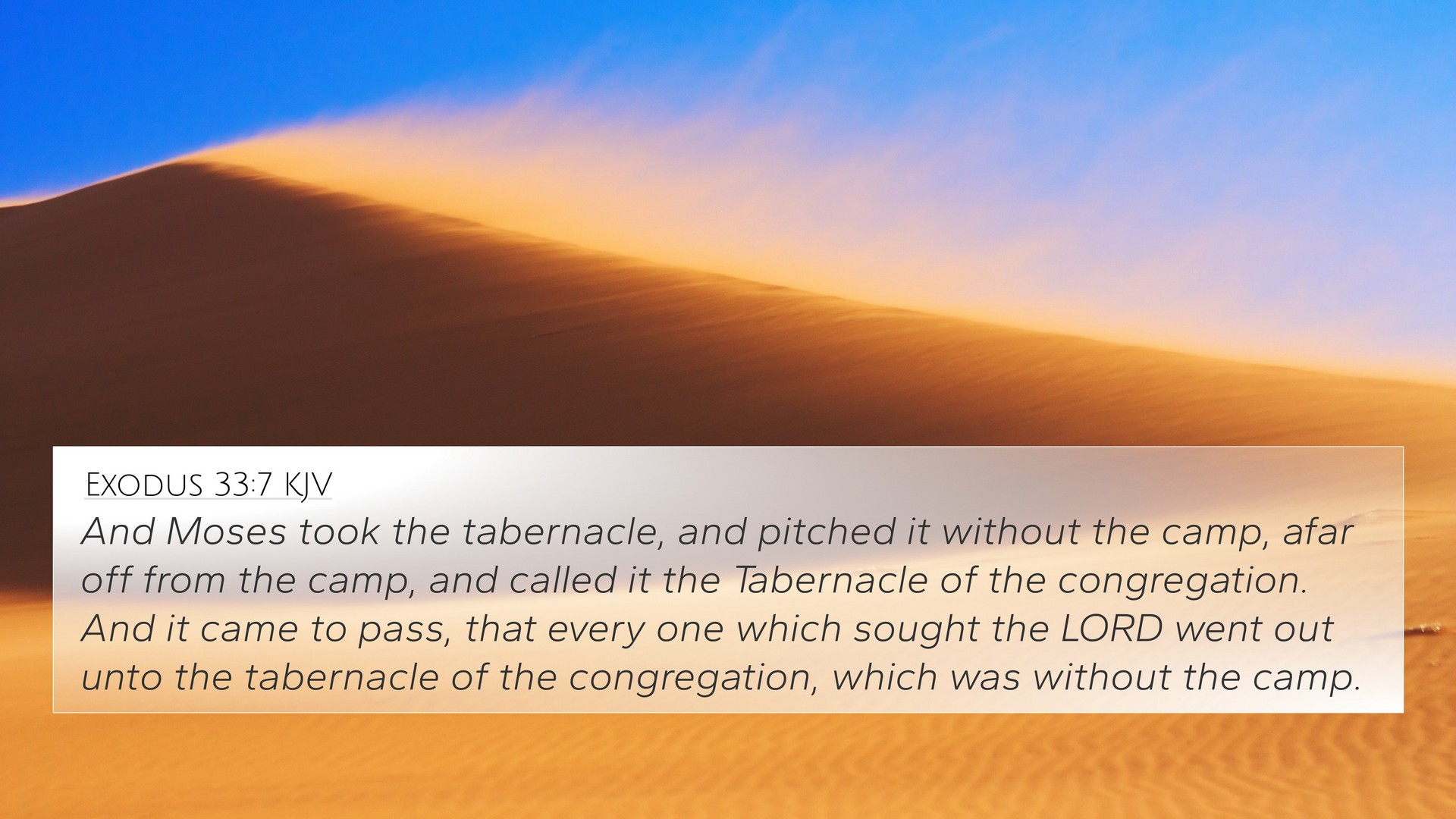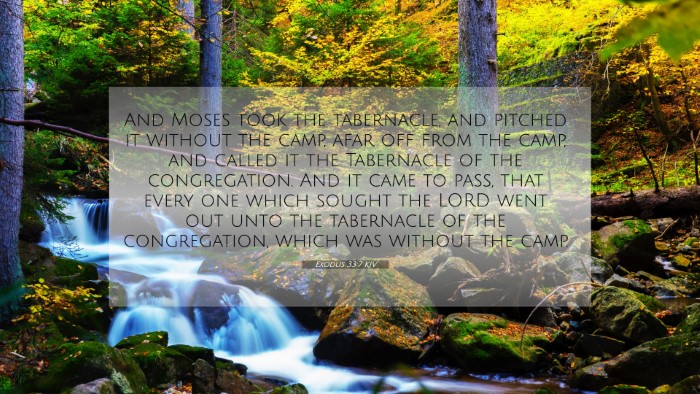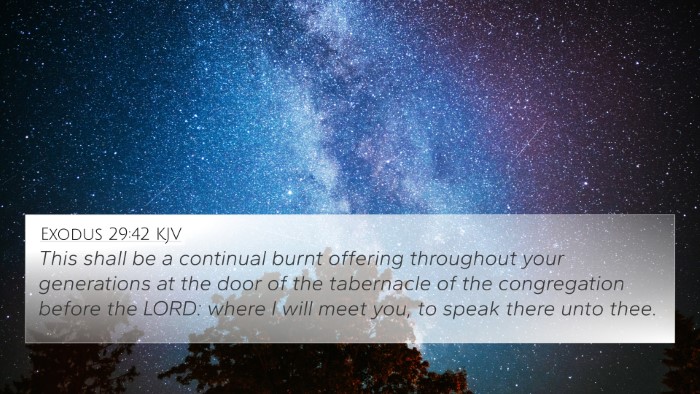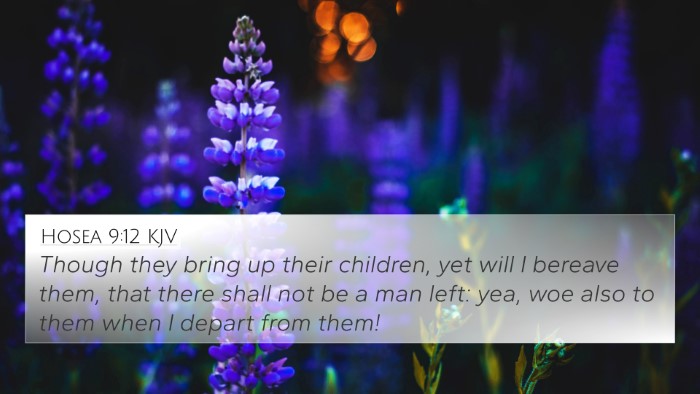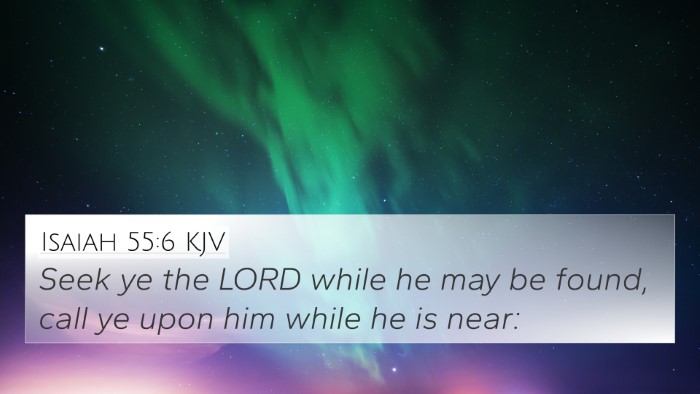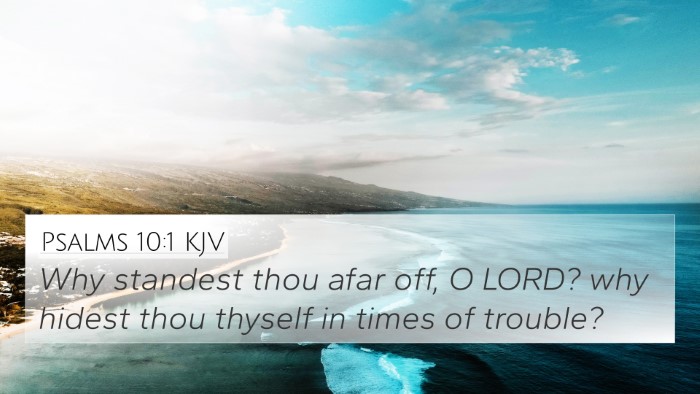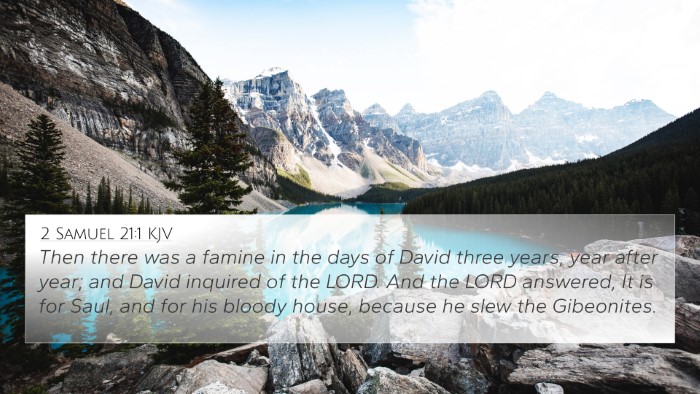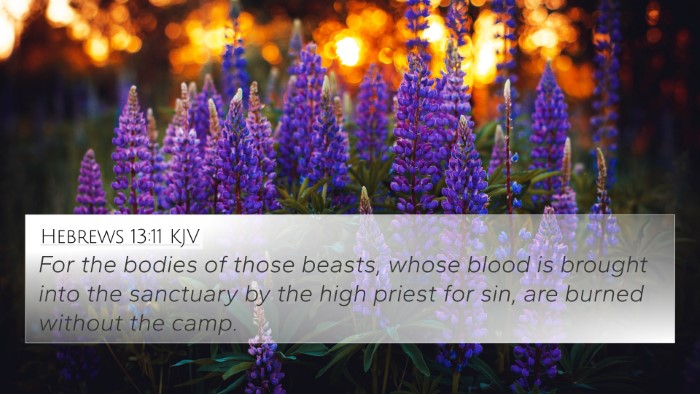Exodus 33:7 Bible Verse Meaning and Interpretation
Exodus 33:7 states: "Now Moses used to take the tent and pitch it outside the camp, far off from the camp, and he called it the tent of meeting. And everyone who sought the LORD would go out to the tent of meeting, which was outside the camp." This verse serves as a critical point in understanding Moses' relationship with God and highlights several key themes in biblical study.
According to Matthew Henry, this verse illustrates Moses' dedication to seeking the Lord. By placing the tent of meeting outside the camp, Moses emphasized the need for separation from worldly distractions in order to focus on communion with God. The tent symbolized a physical space for divine interaction, and it set a precedent for later practices of worship within Israel.
Albert Barnes comments on the significance of the tent of meeting as a place that was "far off from the camp." This distance from the camp suggests a necessary separation that reflects the holiness of God. People seeking God had to make a conscious decision to leave behind their ordinary lives and follow the call to meet with Him. This action serves as a model for how to approach God, with intention and focus.
Adam Clarke further emphasizes the symbolism of the tent of meeting. He suggests that it represents a space for leaving behind sin and approaching God in a state of purity. It signifies the importance of having a designated time and space for prayer and reflection. The act of beginning this communication with God aligns with the broader theme of sacrificial love expressed throughout the Bible.
Key Themes and Lessons
- Separation for Holiness: The physical distance of the tent from the camp represents the need for believers to separate from worldly influences when seeking a deeper relationship with God.
- Diligence in Seeking God: The act of going out to the tent shows the earnest effort individuals must make to cultivate their spiritual lives.
- Divine Accessibility: The tent of meeting signifies that God desires for His people to come to Him, highlighting His readiness to meet with those who seek Him sincerely.
- The Importance of Prayer: Establishing a physical place of meeting encourages a habitual commitment to prayer and communication with God.
- Old Testament Foundation: This practice of meeting with God laid the groundwork for future tabernacles and temples in Israel, representing God's continual presence among His people.
Bible Cross-References
Exodus 33:7 connects with several other verses that enhance its meaning:
- Exodus 33:11: Highlights Moses' unique relationship with God, as God spoke to him face to face, illustrating the intimacy that worship can bring.
- Exodus 40:34-38: Describes the glory of the Lord filling the tabernacle, reflecting the continued importance of meeting places for God's dwelling among His people.
- Leviticus 16:2: Refers to God's command for the people to come to Him, emphasizing ritual purity and proper worship practices.
- Deuteronomy 4:29: Encourages the people of Israel to seek the Lord with all their heart and soul, resonating with the theme of intentional seeking found in Exodus 33:7.
- Psalms 27:4: Expresses a desire to dwell in the house of the Lord, evoking the longing to be in God's presence, similar to the yearning found in Exodus.
- Psalms 63:1: The Psalmist seeks God earnestly in a dry and weary land, analogous to the physical pursuit of meeting with God in a tent.
- James 4:8: "Draw near to God, and He will draw near to you," reinforcing the relational aspect shared in Exodus 33:7 about actively seeking God.
- Hebrews 10:22: Calls believers to approach God with a true heart and a full assurance of faith, paralleling the intent seen in this Exodus account.
- Matthew 6:6: Jesus teaches about personal prayer, further reinforcing the need for a private space in which to engage with God.
Inter-Biblical Themes and Insights
Throughout scripture, the theme of seeking God is prevalent. From Exodus, where Moses explicitly seeks out the Lord, to the New Testament's teachings on prayer, the Bible consistently encourages believers to pursue God intentionally. These links provide a robust framework for comparative analysis, allowing for deeper study of themes across the canon.
By utilizing tools like a bible concordance or a bible cross-reference guide, readers can explore and uncover the dynamic connections between these scriptures. This practice not only enhances understanding but also reveals the unfolding narrative of God's desires for relational intimacy with His people.
The act of cross-referencing bible study methods can open up greater insights into how verses like Exodus 33:7 correlate and resonate with later texts. For those exploring bible verse parallels, engaging in a comparative study will yield profound theological reflections and practical applications for life today.
Conclusion
In summary, Exodus 33:7 stands as a powerful reminder of the call to draw near to God, establishing a pattern for how believers are to seek and worship Him. By understanding its significance and exploring the interconnected verses, one can find a wealth of wisdom and guidance. The Bible encourages its readers to engage deeply with its texts and to draw connections that enhance not just knowledge, but also the believer's heart towards a more profound relationship with God.
